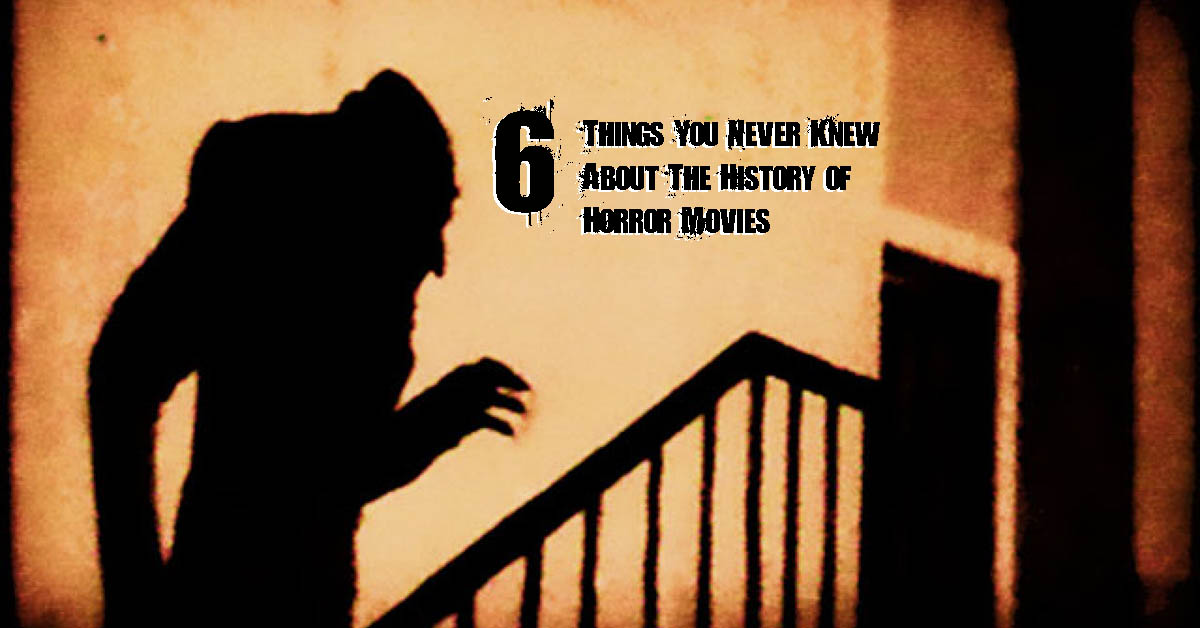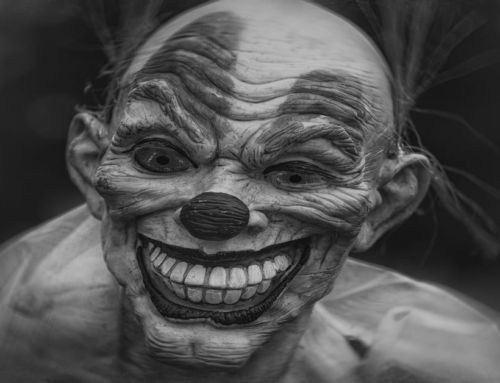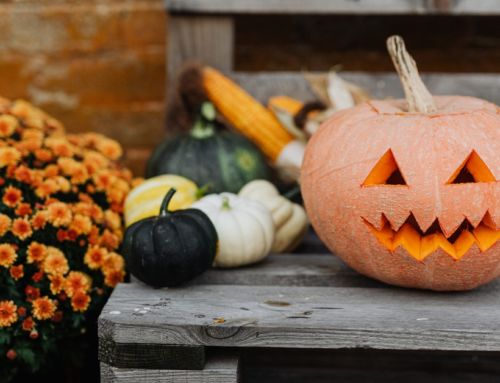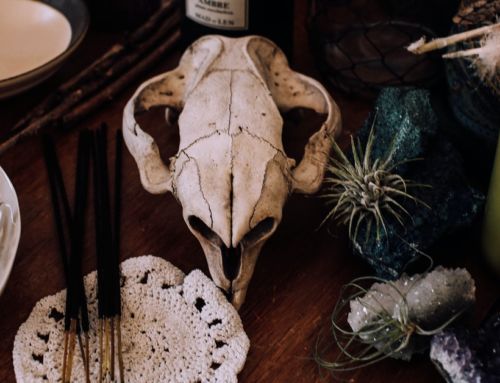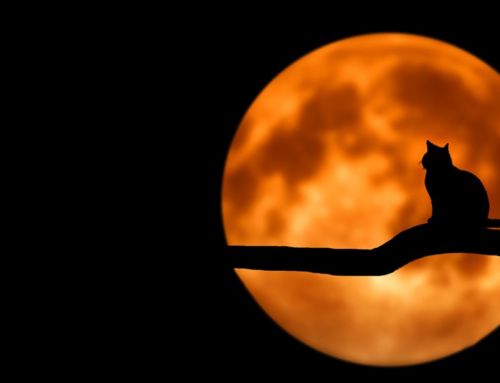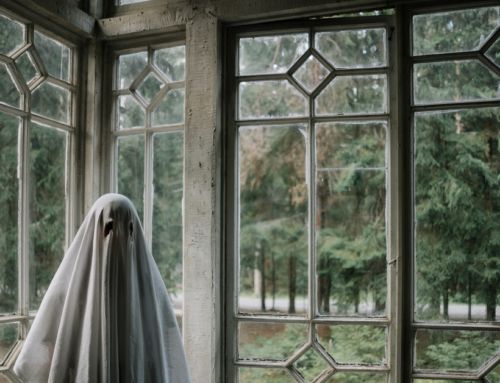6 Things You Never Knew About the History of Horror Movies
Horror movies have been around since the very beginning of film in the 1890s. Here are six things you never knew about the history of horror movies:
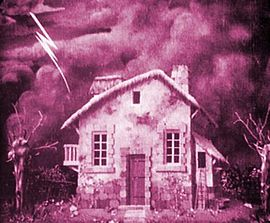
They Started as “Artsy” Films
We often associate historical horror movies with cheesy special effects, but some of the very first horror films were actually known for pushing the bounds of technology at the time to produce the spine-tingling effect the director was looking for. Short movies dating from the early days of film, such as Le Manor Du Diable (1896) and Le Casa Hechizada (1908), had to produce eerie effects without color or sound. Filmmakers at the time invented all sorts of makeup techniques and camera tricks to create their illusions of ghostly high jinks and inhuman fiends. Horror films during the silent era were often associated with broader artistic movements like surrealism and German expressionism. The horror film provided the perfect platform for the “unreal” visual styles that characterized both of these movements.

They Have Always Been Diverse
Hollywood began to dominate film making as early as the 1920s, but in the horror genre films from around the world have always enjoyed international acclaim. European horror films, especially Spanish and German films, as well as Japanese horror films greatly influenced the work of American and British filmmakers throughout the first half of the 20th century. L’Inferno, an Italian film released in 1911 was arguably the first blockbuster film and was praised by audiences and critics for its stunning visual portrayal of Dante’s classic book Inferno. Robert Wiene’s German film, Das Cabinet des Dr. Caligari (The Cabinet of Dr. Caligari) (1920) is often considered the first true horror movie. Its use of extremely stylized visuals and odd lighting effects captivated the public, and it became a worldwide hit at the box office. Critics have credited the film with influencing the development of film noir in America as well as introducing the idea of the twist ending and the unreliable narrator to film.
During the post-war era, the Japanese film industry began making movies about creatures mutated by radiation. Known as Kaiju films, they all feature a huge monster attacking a city. Popular titles from this time included Godzilla (1954) Rodan (1956) and The Mysterians (1957). These films influenced American filmmakers, and movies like Godzilla have been remade several times for English speaking audiences. English remakes of Japanese horror films became very popular in the nineties and early 2000’s with hits like The Grudge and The Ring.

The phrase “Horror film” was first used in the 1930s
Even though films with macabre themes that we would consider to be horror today had been being made for a few decades prior, they were always characterized as “dark melodramas”. Movies from the 1920s like Nosferatu and the Faustian films of the 1910s had included horror elements but also relied heavily on romantic plots and sentimentality. During the 1930s the macabre part of horror films began taking center stage and the phrase “horror film” began to be used. Universal Pictures and MGM churned out horror films during the ’30s. This was the era of Bela Lugosi’s Dracula and Boris Karloff’s Frankenstein. Many of the movies people refer to as classic examples of the horror genre were made during this decade. Dracula (1931) Frankenstein (1931) and The Mummy (1932) spawned sequels and continue to be used as inspiration today.

Things got cheesy in the ’40s
During the 1940’s low budget B horror films gained in popularity. Movies like I Walked with a Zombie (1943), The Body Snatcher (1945), and Cat People (1942) were not a hit with critics, but audiences disagreed. During the fifties, low budget classics like The Creature From the Black Lagoon and The Blob developed cult followings. These films were the forerunners of other cheesy classics that we watch more for the laughs than for the screams. The cheese continued into the 1950s, as the subgenre of teen horror was developed. Movies like I Was a Teenage Werewolf (1957) and Teenage Monster (1958) appealed to teens at drive-ins around the country.

They Reflect Current Events
Most horror films from the 1890s through the 1920s were based on classic themes, such as hauntings by ghosts or demons and stories of the devil. Many were also based on gothic literature, including Mary Shelley’s Frankenstein, the poems of Edger Allan Poe and Robert Louis Stevenson’s The strange case of Dr. Jekyll and Mr. Hyde. Traditional folklore, such as the German legend of Faust- a man who sells his soul to the devil, and stories about vampires, and golem also provided inspiration for horror movies.
These themes have continued to be popular in the genre, but post World War II horror films began to reflect contemporary concerns. During the ’50s fears about the atomic age and radiation influenced horror films. Japanese and American filmmakers made movies about giant monsters created by exposure to radiation. During the late ’60s and 70’s the generation that had fought in Vietnam and gone to Haight and Ashbury was demanding a more raw, realistic representation of violence and sex on the big screen. Horror films answered this demand with films like George Romero’s Night of the Living Dead (1968) Wes Craven’s The Last House on the Left (1972) and The Hills Have Eyes (1977) and Tobe Hooper’s The Texas Chain Saw Massacre (1974). Many of these films were remade when graphic violence became popular again during the post-9/11 era. Horror films today continue to reflect political and social concerns. Eli Roth, the man behind the controversial “gore-porn” Hostel films, has even claimed that his films are a commentary on corporations that profit off of the deaths of Americans.

Horror has Gotten Funnier
There have been a lot of horror movies over the years that were meant to be scary but ended up being funny instead. The repetitive – teenagers have sex then get murdered – plot lines of the ’70s and 80’’s eventually became funny and spawned slasher movie spoofs like Saturday the 14th (1981), Student Bodies (1981), National Lampoon’s Class Reunion (1982), and Hysterical (1983). This trend picked up even more speed in the nineties, and early 2000’s with the Scream and Scary Movie franchises that feature teenagers who are fully aware of horror movie stereotypes. Throughout the 2000’s movies like Zombieland, Shaun of the dead and Tucker and Dale vs. Evil have made audiences laugh while also delivering a legitimate horror movie plot line.

